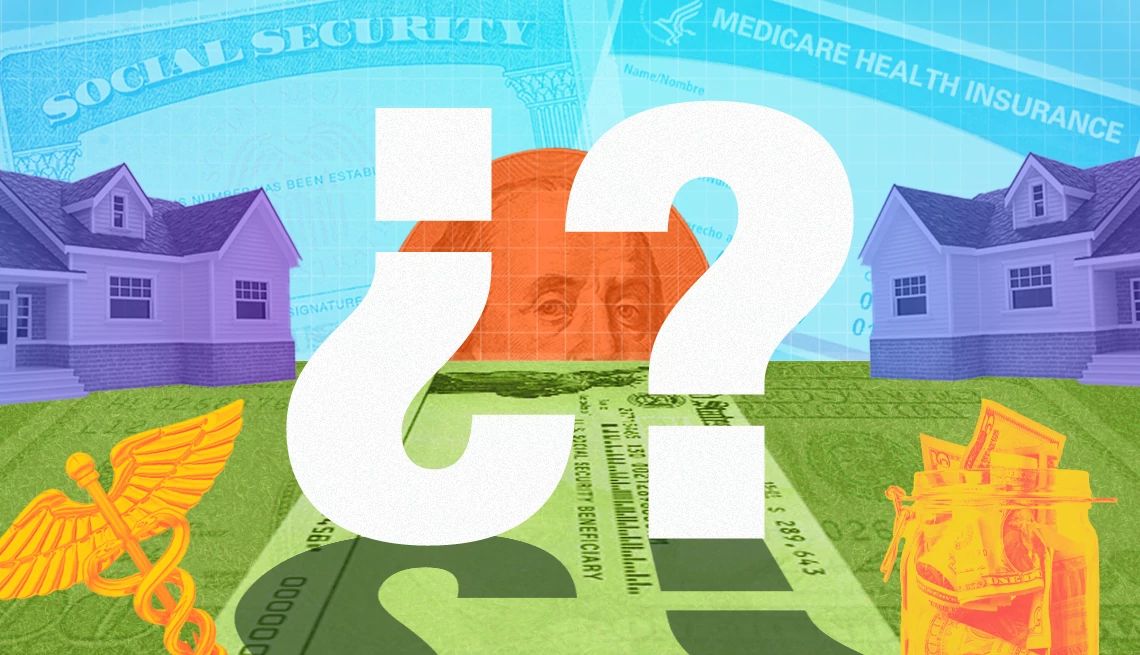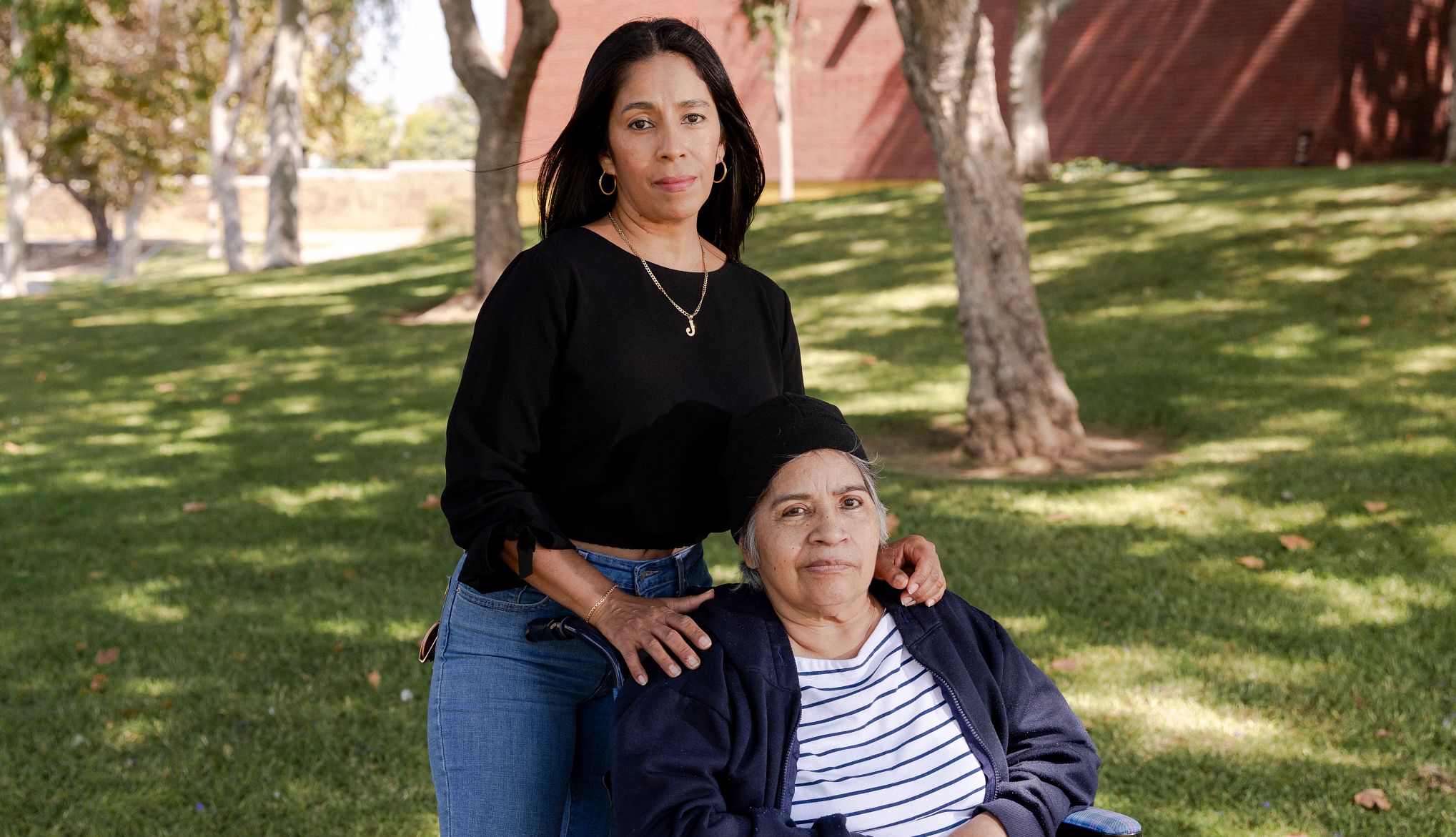AARP Hearing Center


There are always questions when you contemplate retirement, and it’s essential to address them head-on. In many families, cultural traditions and expectations give rise to specific concerns. All can weigh heavily on your mind.
This uncertainty is widespread among Hispanic households. According to the Federal Reserve’s 2023 “Survey of Household Economics and Decisionmaking" (SHED), only 21 percent of nonretired Hispanic adults consider their retirement savings to be on track, the lowest share among racial and ethnic groups. That may reflect disparities in access to savings options: According to a 2022 AARP report, nearly 64 percent of Hispanic workers do not have access to a workplace retirement savings plan.
There are cultural influences at work, too: In a 2021 survey by the Employee Benefit Research Institute, Hispanic Americans across all income levels were considerably more likely than their non-Hispanic white counterparts to say financially supporting family and friends is a higher priority than saving for retirement.
But back to you. No matter where you are in your retirement journey, it’s vital to assess your individual situation and arm yourself with information. Here are answers to seven questions often raised by Latinos in the U.S. as they start thinking about retirement plans.
To create this list, we crunched Google search data to find the most frequently asked questions in Spanish and English in the U.S. around retirement topics and what AARP articles and resources were being offered as answers to those questions.
1. How much can I collect in Social Security benefits if I retire at 62?
This is likely one of the top questions asked because it’s the earliest age you can claim benefits, and an age by which 55 percent of Hispanic workers has retired, according to the Fed’s 2019 SHED report. But doing so means swallowing a tough pill: Your monthly payment will be up to 30 percent less than if you wait until your full retirement age (FRA), and the reduction is permanent.
Say you’ll turn 62 in 2025, and the full benefit calculated by Social Security from your lifetime earnings history is $1,800 a month. If you wait until FRA — in your case, 67 — that’s what you’ll get. If you claim Social Security at 62, your benefit will be $1,260.
Leaving hundreds of dollars on the table each month for the rest of your life is the chief reason many financial experts recommend waiting at least until FRA. Even better, many advise, wait until you’re 70, when you’ll receive your maximum monthly benefit.
Just as important as understanding how age affects your benefit is knowing that Social Security was never intended to be a retiree’s sole source of income (in fact, the program is designed to replace about 40 percent of work earnings, on average). According to Social Security Administration (SSA) projections, the median annual benefit for a Hispanic recipient in 2030 will be about $16,600, compared to about $22,600 for the overall beneficiary population.
Your own benefit will be based on your 35 highest-earning years. Use the AARP Social Security Calculator to estimate your future benefits or set up a free My Social Security account at SSA.gov to see your projected benefits at different claiming ages.
Bottom line: Health, financial or family issues may force your hand in deciding to retire early, but it’s important to know the implications of retiring at 62 (including that you’re still three years away from Medicare eligibility) and to carefully weigh the pros and cons. AARP’s Navigating Social Security resource center is a good place to start, with answers to more than 200 questions about Social Security benefits and services.
2. Can I collect Social Security if I live outside the United States?
The short answer is yes. In most cases, you can collect Social Security retirement benefits if you live abroad. That’s good news if your retirement plans — or your parents’ — hinge on moving back to your country of origin, where you might benefit from a lower cost of living, more affordable health care or family that can help with caregiving needs.
But before packing your bags — and expecting your benefits to follow — there are some things you need to know:
- If you are a U.S. citizen, you can continue collecting your retirement benefit in almost all countries. (The only exception in Latin America is Cuba, to which U.S. entities cannot send payments due to Treasury Department sanctions.)
- The rules differ for non-U.S. citizens. In this case, the SSA may end payments six months after you relocate, unless you return for a full calendar month (and can document the stay). However, there are exceptions to this rule, and your benefits can continue if you meet them. Use Social Security’s Payments Abroad Screening Tool to confirm your eligibility to keep getting payments.
- International direct deposit of your Social Security benefits to a local bank is available in most countries and territories. If you don’t have a local bank account, the SSA can deposit your benefits to a Direct Express card. Find out more at USDirectExpress.com or call 800-333-1795.


































































More From AARP
Latinos and Alzheimer’s Disease: The Growing Crisis
From the latest research to getting a diagnosis, coping with caregiving and finances. Hard realities, heartwarming stories, resources and advice.Black, Hispanic Workers Make More 401(k) Withdrawals
Tapping accounts early widens retirement disparityHow to Protect Your Retirement Savings
Poor investment returns early can hurt you more than losses later
10 Events That Shaped Hispanic America in 1973
A snapshot from 50 years ago highlights political, art and entertainment moments in the lives of U.S. LatinosRecommended for You